
Marking car springs by stiffness
Content
- The main varieties
- Production features
- Why color coding is required
- Differences between springs depending on their markings
- Color classification of suspension springs
- How to use springs according to their class
- Class "A" and "B" - significant differences
- Suspension spring properties
- Correspondence of the marking of the springs to the model
- Selection depending on the manufacturer
- Questions and answers:
A car's suspension device includes two important elements: a shock absorber and a spring. Shock absorbers and their various modifications are described separately... Now let's focus on the springs: what are their markings and classification, as well as how to choose the right manufacturer. Knowing this information will help the motorist not be mistaken when he needs to buy a new kit for his car.
The main varieties
Before we start considering the types of springs for cars, let's briefly recall why they are needed. When driving over bumps, the car must remain soft. Otherwise, the trip will not differ from the movement on the cart. To ensure comfort, car manufacturers equip vehicles with a suspension.
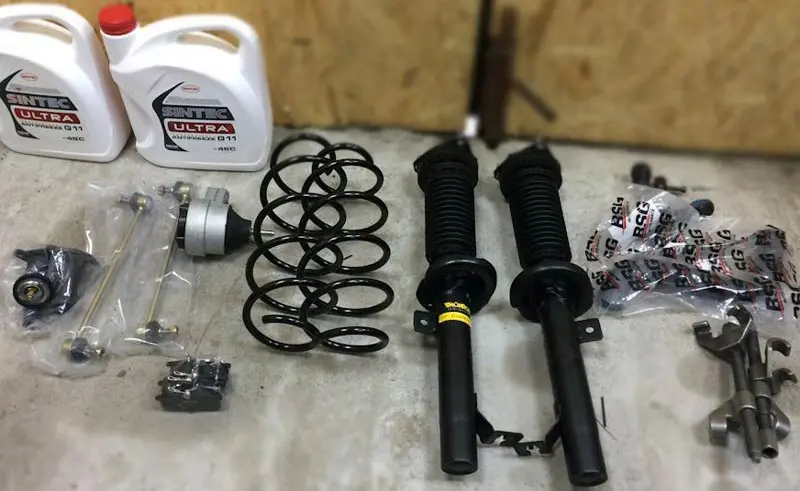
In fact, the comfort of using the harness is an added bonus. The primary purpose of springs in cars is transport safety. When the wheel hits an obstacle, such as a bump at speed, the shock absorber softens the impact. However, to prevent the car from losing traction, the wheel must be quickly returned to a hard surface.
More details about why the car needs springs are described in this video:
For this purpose, springs are needed. But if only these are used in vehicles, even a small bump at speed will cause the car to wobble strongly, which will also lead to loss of grip. For this reason, springs are used in conjunction with shock absorbers in modern vehicles.
The classification of all machine springs is as follows:
- Standard. Such an automotive element is installed by the manufacturer when the model is assembled on the conveyor. This variety corresponds to the technical characteristics indicated in the technical documentation of the machine.
- Reinforced version. These springs are more rigid than the factory counterpart. This type is perfect for vehicles operating in rural areas, as the springs in this case will experience more stress. Also, such modifications are equipped with machines that often transport goods and tow a trailer.
- Boost spring. In addition to the increased ground clearance, such springs increase the vehicle's carrying capacity.
- Lowering springs. Usually this type is used by fans of sports driving. In a lowered vehicle, the center of gravity is closer to the road, which increases aerodynamics.
Despite the fact that each modification has its own difference, they are all manufactured using a special technology.
Production features
Most of the machine parts are manufactured using a specific technology, so that they meet the standards. However, there is a slight subtlety in the case of spring manufacturing. The manufacturing process of a part can be accompanied by operations that are often difficult to control.


For this reason, autospring mass production companies cannot create identical parts. After leaving the conveyor, each spare part from this category is tested for rigidity. Having made a comparison with the standard, specialists put special marks on the products. Labeling allows you to classify each product into groups, which are mentioned a little above.
Why color coding is required
The label placed on the product will help the motorist choose the modification that meets his needs. If springs of different stiffness are installed on the car, the body will not be parallel to the road. In addition to the unaesthetic appearance, this is fraught with instability during driving - one part of the car will absorb in a mode different from the other side of the transport.
The same applies to the height of the products. In this case, of course, the size of the parts is often compared. To speed up the sorting process of products, manufacturers apply a color mark to all products that corresponds to specific technical characteristics.
Differences between springs depending on their markings
If the designation with paint indicates the rigidity of the part, and this parameter may vary depending on what raw material the manufacturer uses, then the diameter of the turns must exactly correspond to the requirements of the automaker. Everything else is at the discretion of the company executing the order for the production of these products.
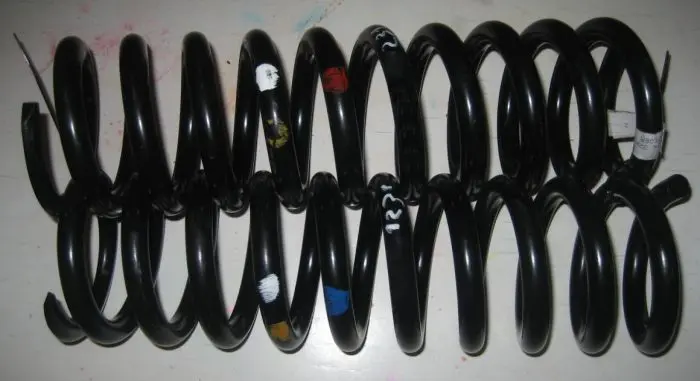

The factories can:
- Use blanks of different diameters. Also, automakers are allowed to create springs with varying diameters within acceptable limits. For example, the initial turns can be thinner than the main ones.
- Change the height of the springs, as well as create parts that are identical in size, but have a different stiffness parameter.
- Change the number of turns and the distance between them, while taking into account the outer diameter required by the automaker. Regardless of the turn-to-turn distance, the element can be either soft or hard.
A simple procedure helps to determine the conformity of the finished product to the manufacturer. The spring is compressed with a specific force and the height is measured in this state. If the product does not fit into the framework established by the car manufacturer, the part is considered defective.
On the basis of such control, suitable products are also divided into two classes - A and B. The first class - products, the length of which, compressed with a certain force, is maximum (within the framework of the data of the automaker of specific cars). The second class corresponds to the lower limit of the same parameter.
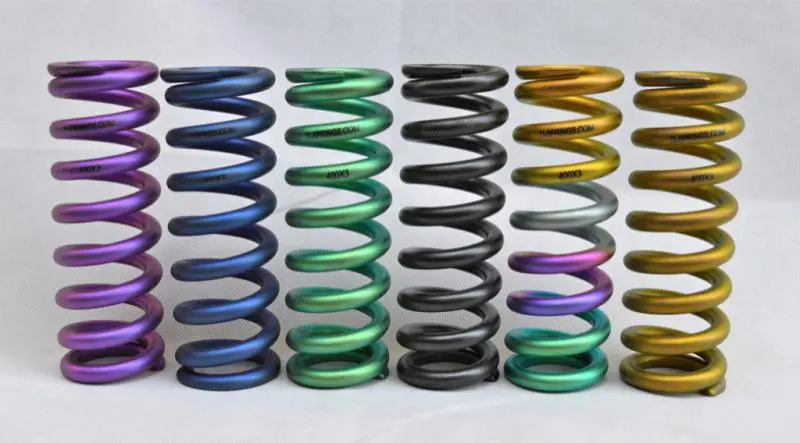

All products that fall into a specific class receive their designation. For this, paint is used. For models of the VAZ family, the class A colored marker will be presented in yellow, orange, white and brown.
However, the same classics can be equipped with springs included in the second category. In this case, they will be distinguished by green, black, blue and blue colors.
Color classification of suspension springs
In order to choose the right spring for his car, the motorist should pay attention not only to the marking in the form of colored stripes applied to the outer side of the coils. The color of the spring itself is also an important factor.
Some people think that the color of these parts serves only a protective function (the paint is actually applied to prevent the formation of metal corrosion). In fact, in the first place, this is done so that neither the motorist nor the auto parts seller makes a mistake in choosing a part.
So, the color of the spring body indicates the model of the machine, as well as the installation location - the rear or front element. Usually the front spring for cars of the VAZ family is painted black, and the corresponding markings are used on the turns, which will indicate the degree of rigidity.
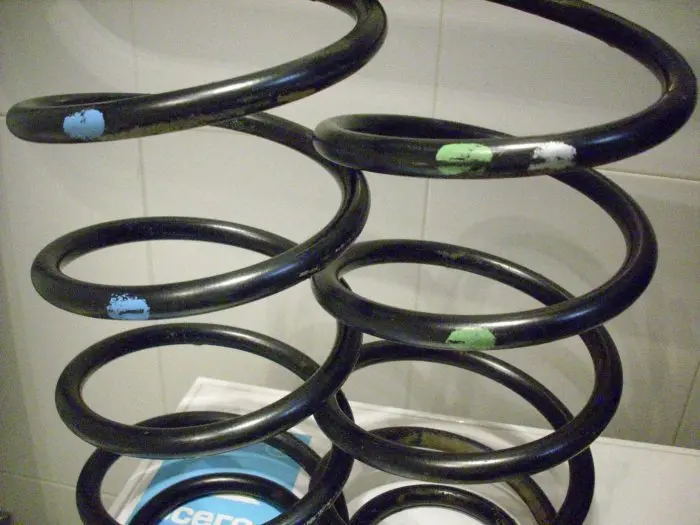

There are also blue modifications with a variable inter-turn distance. On the classic, such parts can be put on the front of the suspension.
Here is a small table of what color a specific spring will be indicated for some VAZ models. Class A shown in the table is hard and class B is soft. The first part is marking the stiffness of the front elements:
| Automobile model: | Spring body colors | Class "A" marking: | Class B marking: |
| 2101 | black | green | yellow |
| 2101 variable pitch | Blue with a metallic tint | green | yellow |
| 2108 | black | green | yellow |
| 2110 | black | green | yellow |
| 2108 variable pitch | Blue with a metallic tint | green | yellow |
| 2121 | black | not marked | white |
| 1111 | black | green | white |
| 2112 | black | not marked | white |
| 2123 | black | not marked | white |
The second part shows the stiffness markings for the rear springs:
| Automobile model: | Spring coils: | Markers "A" class: | Markers "B" class: |
| 2101 | white | green | yellow |
| 2101 variable pitch | Blue with a metallic tint | green | yellow |
| 2102 | white | blue | red |
| 2102 variable pitch | Blue with a metallic tint | green | yellow |
| 2108 | white | green | yellow |
| 2108 variable pitch | Blue with a metallic tint | green | yellow |
| 21099 | white | blue | red |
| 2121 | white | Black | not marked |
| 2121 variable pitch | Blue with a metallic tint | green | yellow |
| 2110 | white | Black | not marked |
| 2110 variable pitch | Blue with a metallic tint | green | yellow |
| 2123 | white | Black | not marked |
| 2111 | white | голубые | orange |
| 1111 | white | green | not marked |
How to use springs according to their class
The car's suspension must be equipped with springs belonging to the same stiffness class. Many parts are marked with yellow or green markers. In the first case it will be a soft element, and in the second it will be a standard or more rigid one for difficult operating conditions.
The motorist is completely free to choose both soft and hard springs. The main thing is not to install springs of different classes on the left and right sides of the car. This will affect the roll of the vehicle when cornering, which can lead to an accident or reduce the handling and stability of the vehicle.
Ideally, it is better that the front and rear springs do not differ in class. As an exception, installation of softer ones on the back of the car is allowed, and more rigid ones - on the front. On the contrary, it is prohibited, since the engine compartment of the vehicle is heavy and the front of the vehicle is not allowed to swing. This is especially fraught in the case of front-wheel drive models.
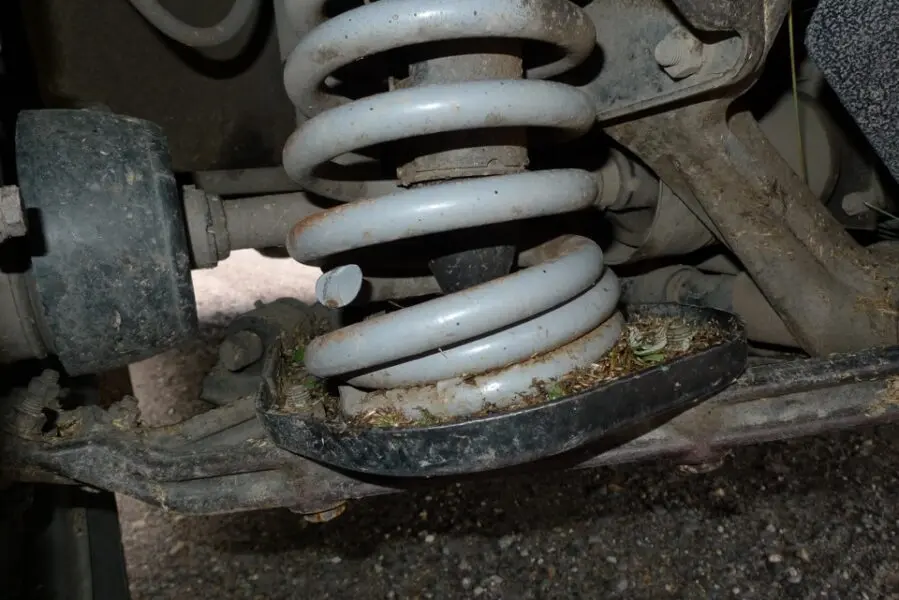

If the motorist installs different springs on the sides, in addition to the handling characteristics already mentioned, the weight of the vehicle will not be evenly distributed on all sides. In this case, the suspension and chassis will experience additional stress. This will accelerate wear on some parts.
Class "A" and "B" - significant differences
For many motorists, decoding hardness by color is identical to the classification by class. In short, the A-class is a tougher version regardless of the color of the spring coils, and the B-class is softer in the same color. The color of the coils helps not to confuse the springs of the main group. They should always be the same color. But small color stripes indicate a subgroup, or hardness class - A or B in a particular group.
When choosing new springs, pay attention to the designation applied. There are no significant differences between the classes. The main thing is that to compress a type A spring to a certain height, it will take 25 kilograms more than an analog of type B. If there is no marker on the spring, it is better not to buy such a part. An exception are parts that are not marked (they are indicated in the table).
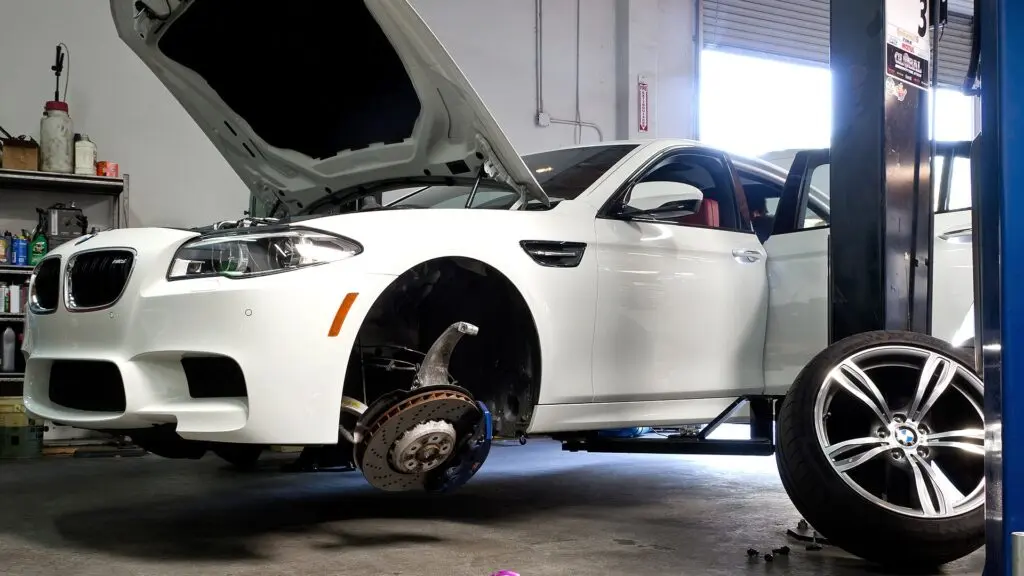

In addition to safety, a car equipped with quality springs will become more comfortable. Such a vehicle is softer to drive, which has a positive effect on the well-being of the driver during long trips.
Suspension spring properties
For car springs, there is such a thing as fatigue and they sag. This means that the distance between the turns becomes smaller over time. Because of this, part of the car begins to sink. In such cases, the part must be replaced.
If the springs are not replaced, this can have the following consequences:
- When the rear part sags, the carrying capacity of the transport is reduced, and on large bumps, the soft suspension will not protect against impact, for example, with a silencer on the ground;
- On the same bumps, the wheels will rub against the wheel arch protection;
- The shock absorber will wear out faster, and with a strong subsidence, the part can break through, since the piston will often collide with the base of the liner with oil;
- Failure of the shock absorber will also adversely affect the body elements - most often in this case, the mount suffers;
- In old springs, the coil may break, causing the car to lose control.
Depending on the operating conditions of the car, the springs take care of five to ten years, but with constant driving over bumps, these parts may require replacement even earlier. There are times when such elements have not been cared for for even three years.
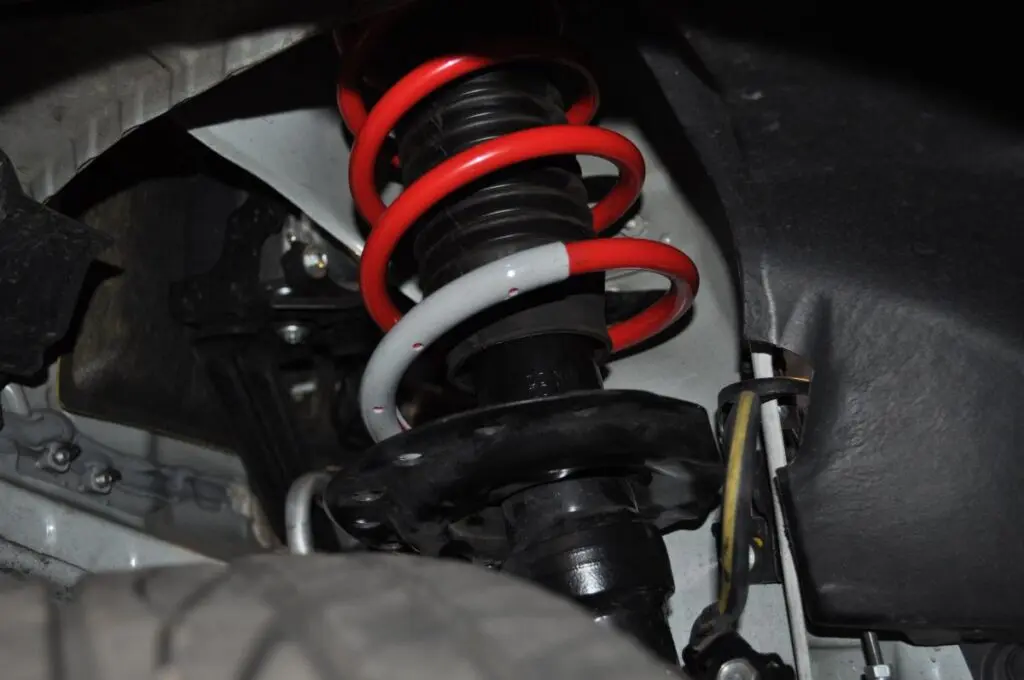

In addition to natural compressive loads, pebbles can fly out from under the wheel while driving on the road. Striking the spring, they can chip paint. Open metal will be subject to oxidative reaction, which will also reduce the life of the part.
Previously, torsion bars were used as dampers on cars. Thanks to the use of springs, vehicles have become more comfortable and their handling has improved.
To choose the right springs for a car, you need to pay attention to the following factors:
- The thicker the rod from which the spring is made, the stiffer the product will be;
- The stiffness parameter also depends on the number of turns - the more there are, the softer the suspension;
- Not every spring shape is suitable for a particular vehicle. Failure to comply with the parameters specified by the vehicle manufacturer can lead to discomfort (for example, during driving, a large spring will rub against the wheel arch liner), and sometimes even impair handling.
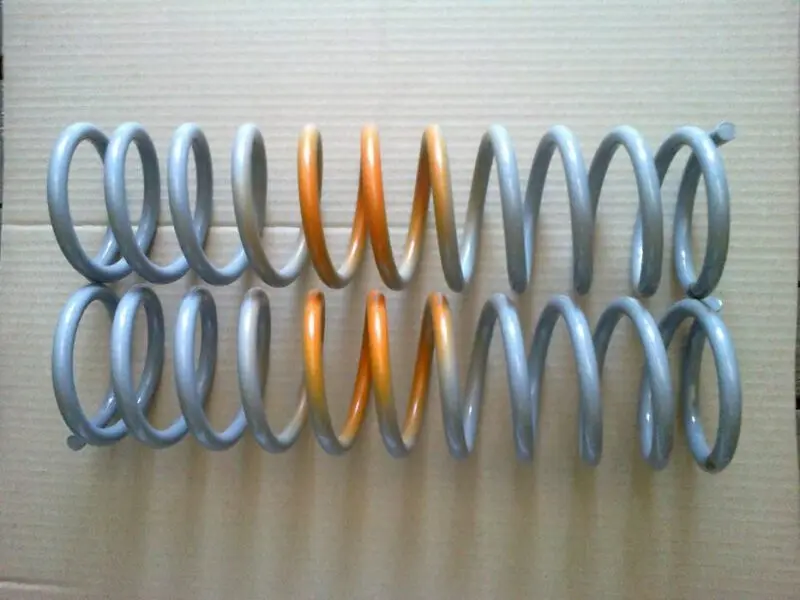

Don't buy the stiffest springs. They improve steering response but reduce traction. On the other hand, softer counterparts will create a lot of inconvenience for country roads. For these reasons, first of all, you need to build on which roads the car drives more often.
Correspondence of the marking of the springs to the model
Consider which springs need to be used in specific models of the VAZ automaker:
- Springs 2101 are for "kopeck" only;
- The tougher modification is marked 21012. They are made of thicker rods, which makes the products stronger than the previous analogue. They are installed on the classics, which need a more energy-intensive suspension;
- The springs with the 2102 symbols are intended for the station wagons of the 2102 and 21014 models. Compared to the previous modifications, these parts are two centimeters longer. They can be put on a sedan, but only if the car is operated in rural areas. Such springs slightly increase the vehicle's ground clearance. However, they must not be installed so that the vehicle can carry heavier loads than the manufacturer intended. Otherwise, the body will have to be repaired very soon.
- The designation 2108 is received by parts intended for front-wheel drive VAZ cars. The exception is "Oka" and models with a 16-valve motor. It is worth considering that the same springs are intended for 21099. There are no separate springs for this model, so the seller's offer to purchase "originals" for the 99th is nothing more than an attempt to sell standard parts at a higher cost.
- Elements of European manufacturers marked 2110 are intended for models from 21102 to 21104, as well as for VAZ-2112 and 2114. The European version makes the car 2 centimeters lower, but makes it more manageable at high speeds. You should not use such parts on vehicles that often move on dirt roads and rough terrain.
- Modifications 2111 are designed for rear suspension models with identical markings, as well as VAZ-2113.
- Springs from category 2112 are intended for the front suspension of the following models: 21113, 21103 and 2112.
- All-wheel drive cars of the VAZ family are equipped with 2121 springs.
Selection depending on the manufacturer
When choosing new springs to replace those that have worked out their resource, many motorists often opt for original spare parts. However, similar products can be found in the assortment of other manufacturers, which have good feedback from those who have already used a similar product.
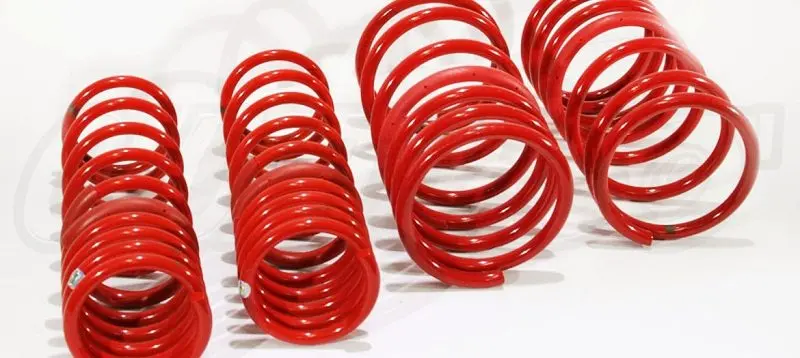

Here is a small list of the most famous manufacturers of quality springs:
- Sirius is a domestic company with a wide range of products for different car models. All sold goods correspond to the drawings provided by the customer.
- Phobos is another well-known manufacturer that offers a large selection of not only standard springs, but also backlash complexes that allow you to change the vehicle's ground clearance depending on the need. True, the reviews of many users are not in favor of the manufacturer. The reason for this is the small resource of products, regardless of the stiffness of the springs.

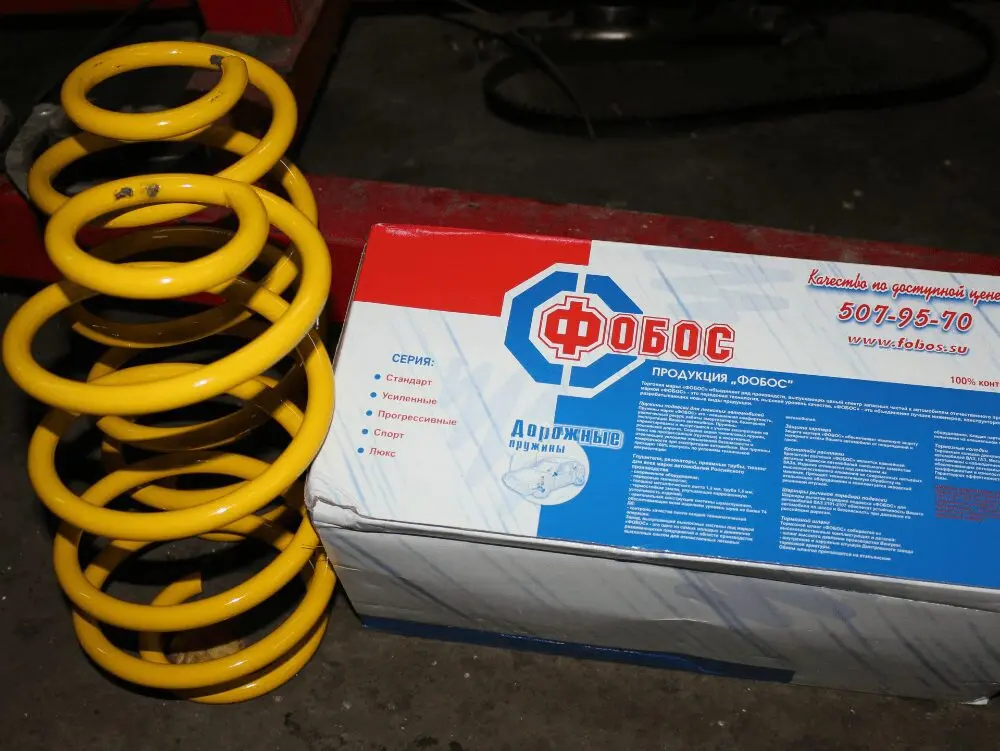
- "Technoressor" - the company offers low-cost products. Over time, these springs lose their rigidity, but do not sag. Basically, the brand manufactures standard suspension elements.
- Koni opens the list of European manufacturers. The Dutch manufacturer produces high-quality suspension elements for any vehicle, regardless of whether it is a Japanese or domestic car. The peculiarity of these products lies in the fact that many parts have manual stiffness adjustment. The driver himself can set the required ground clearance by moving the thumb to the appropriate position on the rack.

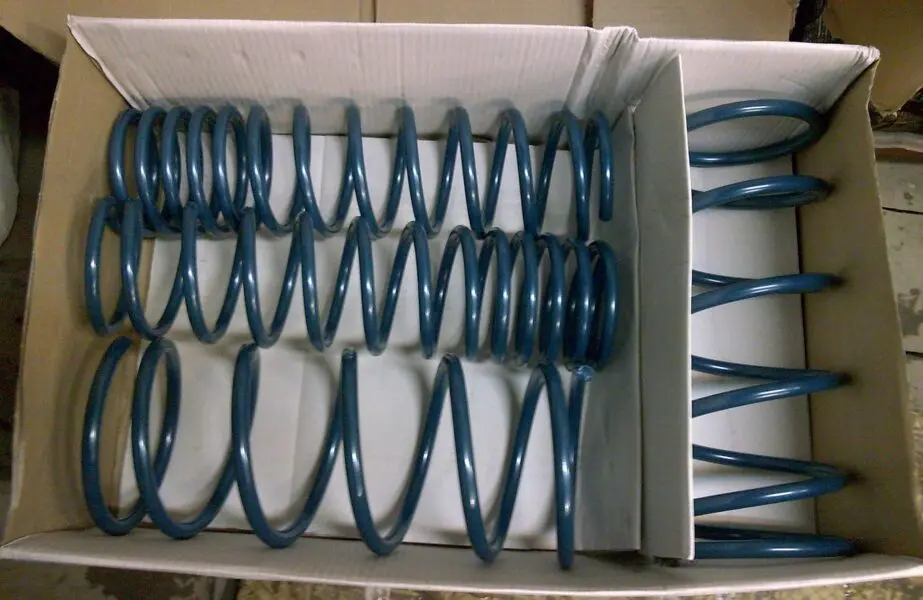
- Another European manufacturer is the German company Eibach, whose product range includes a wide variety of all kinds of parts for suspensions and chassis of cars. It is worth considering that the products of this company are very expensive, but the quality of the products compensates for the waste. Springs rarely burst, do not lose their rigidity for a long time, and also do not sag.

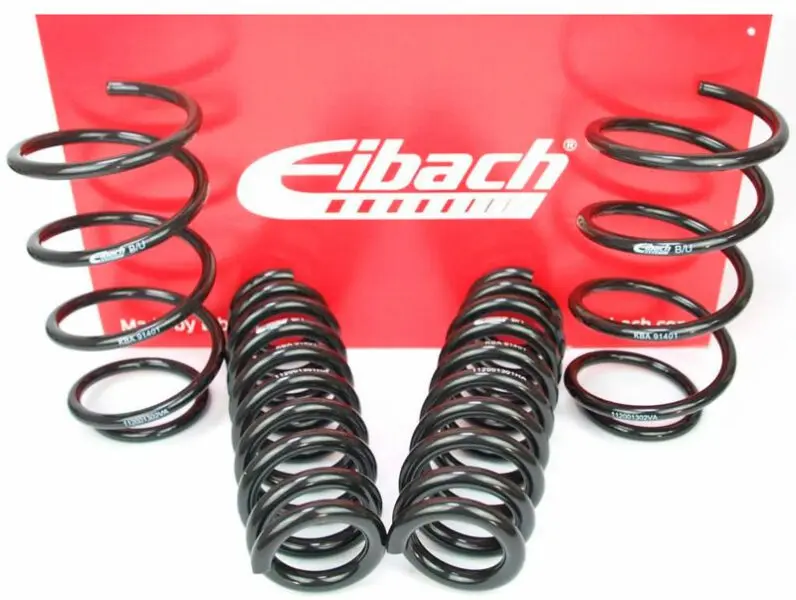
- The SS20 company was founded in 1993, and today it provides a large selection of suspension parts for any domestic transport, as well as for many foreign cars. According to the manufacturer, the rigidity of each spring is checked on a special stand, on the basis of which a pair is selected for the product. Thanks to this, the purchased kit will consist of the same springs. In addition to a model of a specific class, the car owner can choose a product that differs in manufacturing technology.
- Kilen is an excellent replacement for standard VAZ springs. According to the manufacturer, the original spare part is sold two times less than the products they offer.

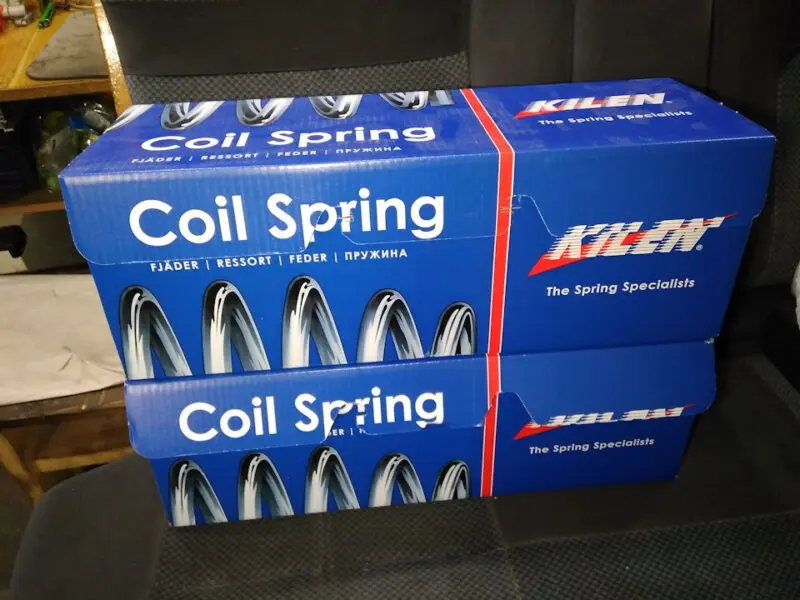
- The springs of the "Asomi" company have excellent resistance to heavy loads. For this, special metal alloys are used that, after a certain treatment, do not burst, and also do not sag over the years. To extend the working life of products, the manufacturer covers the springs with a special material, which includes epoxy resin.
In addition to the above, we offer a short video on how to determine that the springs need to be replaced:


Watch this video on YouTube
Questions and answers:
How do you know the stiffness of an automobile spring? It depends on the type of marking. Dots, indentations, spots or stripes are applied on the coils of the spring. Their number indicates the rigidity of the product.
What do the colored markings on the springs mean? This is the same marking for the spring rate. Color coding is more reliable, simple and informative than other types of coding.
Which springs should you choose? Rigidity affects the comfort in the car and the ability to carry loads. Length affects the vehicle's ground clearance. It is more practical to buy original springs - they are designed for a specific model.
One comment
Edward
Hello !!! All this is interesting, of course, but I still can’t figure out whether it’s hard or soft... I have a Honda Airwave 2005 2 WD car. According to the catalog, the front springs have this number 51401-SLA-013, so...I found the Original Honda springs but... the first numbers are exactly like 51401. then the letters from the catalog SLA and here SLB, then the last numbers from the catalog 013 and here 024………..From catalog 51401-SLA-013…..For sale 51401-SLB-023 Please explain the difference…